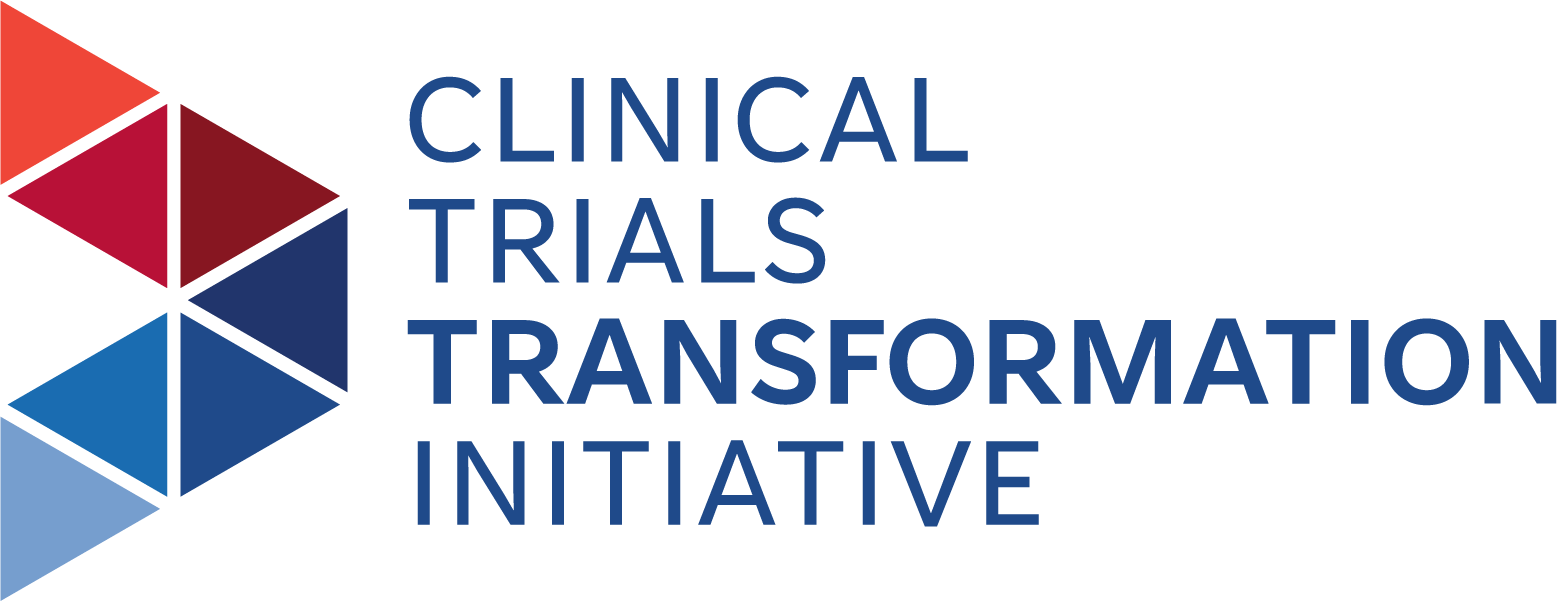PFMD Creates Objective Quality Measure of Patient Engagement to Help Organizations Improve Research
PFMD Applies CTTI's Patient Group Engagement Recommendations
SUMMARY
Patient Focused Medicines Development (PFMD) is an independent global coalition of health stakeholders that aims
to transform the way in which we understand, engage, and partner with patients
globally in the design and development of research and medicines by focusing on
unmet patient needs. The coalition used
CTTI's Patient Group Engagement (PGE) recommendations to guide the development of its PFMD Patient Engagement Quality Guidance for planning and assessing the quality of engagement activities from
early research through the clinical development lifecycle and beyond.
GOAL(S)
When PFMD was
established in 2015, it did a landscape analysis of patient engagement
implementation in clinical research, with a goal to map the landscape to
understand the needs of different stakeholders. PFMD hoped to ultimately bring
together and synergize disparate but complementary efforts that integrate the
voice of the patient in drug development.
CHALLENGES
While conducting in-depth
interviews and literature reviews, PFMD realized that there were a number of published
guidance documents, but few addressed how and when to implement patient
engagement concretely across the drug development continuum. From the
interviews, PFMD gleaned that many stakeholders indicated they would like to
start engaging patients, but were unsure how to begin a quality engagement
effort. It became clear that to achieve its goal, PFMD needed to develop a
practical guide to planning, developing and assessing the quality of
patient engagement activities and projects throughout the development and
lifecycle of medicines.
SOLUTION(S)
CTTI's
PGE recommendations and resources were at
the top of the list of 20 relevant frameworks PFMD used in the development of
its Patient Engagement Quality Guidance. PFMD hoped to expand on CTTI's work
with greater granularity, offering concrete actions to optimize patient engagement
across the entire development lifecycle.
CTTI's
recommendations formed the baseline for how PFMD organized in two key ways.
First, it helped PMFD get an understanding of existing knowledge around
engagement. Second, it established a foundation across PFMD for conversations
with stakeholders, such as industry, researchers, and patient advocates. With
background knowledge from CTTI's recommendations and other relevant frameworks,
PFMD launched workgroups to begin development of its Patient Engagement Quality
Guidance.
TAKING ACTION
In
the beginning, bringing multiple diverse stakeholders together was the biggest
challenge PFMD faced. They needed to establish a culture of trust and
partnership to ensure the principles of co-creation and non-competitiveness
were fully rooted. There also had to be considerations for each stakeholder's
personal experience. For example, someone from a background in pharmaceuticals
has probably been instilled with principles of efficiency and cost.
Implementing patient engagement in a meaningful way requires challenging those
principles and considering other perspectives. In a diverse group of
stakeholders, what works in one room may not work in another. PFMD needed to be
flexible and considerate of the lens each stakeholder brings.
PFMD
ultimately formed seven working groups over the course of a year, growing the
team and learning how to work with diverse stakeholders. Identifying preferences
around how to work together became instrumental to the development of PFMD’s
guidance. For example, they learned that patients are often not comfortable speaking
directly with pharma companies. In turn, pharma companies often perceived
patients as emotional. These observations were made on multiple occasions
through live workshops and anecdotes from the participants, who represented
pharma, patients and other stakeholders like health care providers and patient
organizations/advocates. To address this challenge, PFMD emphasized across all
stakeholders the Seven Quality Criteria for good patient engagement that it had
identified as part of its development process for its Patient Engagement
Quality Guidance:
1.
Shared purpose
2.
Respect and accessibility
3.
Representativeness of stakeholders
4.
Roles and responsibilities
5.
Capacity and capability for engagement
6.
Transparency in communication and documentation
7.
Continuity and sustainability
This
observation also changed the way PFMD conducted its meetings. For example, it
began asking questions beforehand and setting clear guidelines and expectations
on mutual respect and collaboration from all participants.
IMPACT
In 2018, PFMD
released its Patient Engagement
Quality Guidance, a
tool that contains seven quality measures to assess projects that involve
patients. The guidance is a mechanism for capturing the quality of a patient
engagement effort and the benefit it brings to stakeholders involved.
ADVICE
Not
so long ago, "patient engagement" was widely considered a tokenistic "nice to
have" with little published on concrete implementation and even fewer results
showing its merit. Today, many organizations would consider the patient voice
essential, and there is broad acceptance that patient engagement delivers
high-quality results. Across the entire molecule to market lifecycle, patient
engagement is critical and, according to PFMD, not difficult to implement. As
the positive impact of engagement continues to gain broad acceptance,
organizations that do not implement the patient voice risk being left behind.
ORGANIZATION
Patient Focused Medicines Development
ORGANIZATION TYPE
Other
IMPLEMENTATION DATE
2016
TOPIC
Patient Engagement
